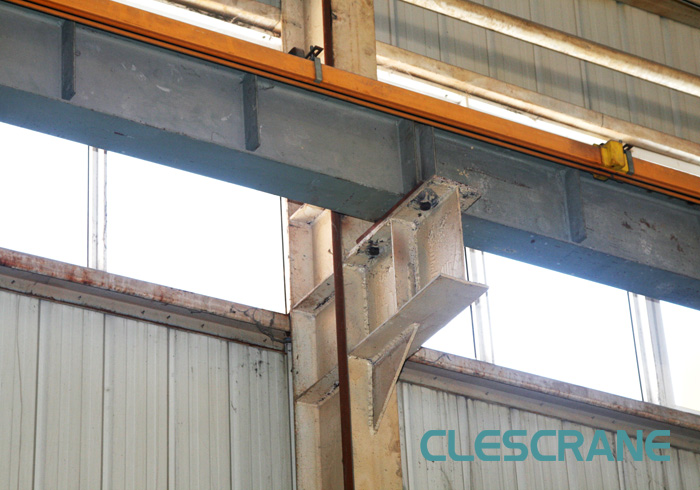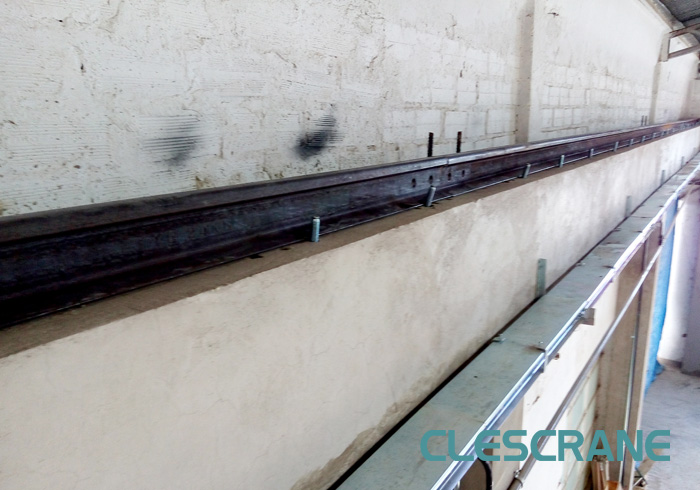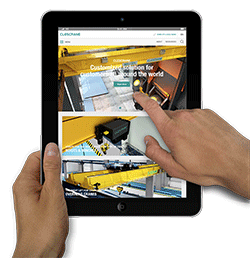Warehousing Business
Standard Business
SPREADER
CONTACT
E-mail: inquiry@clescrane.com
Tel: 0086-371-5532 8269 Ext. 1019
Service: 0086-371-5532 8269 Ext.1018
Tel: 0086-371-5532 8269 Ext. 1019 E-mail: inquiry@clescrane.com
© 2017 Henan Clescrane System Co., Ltd. All Right Reserved.












